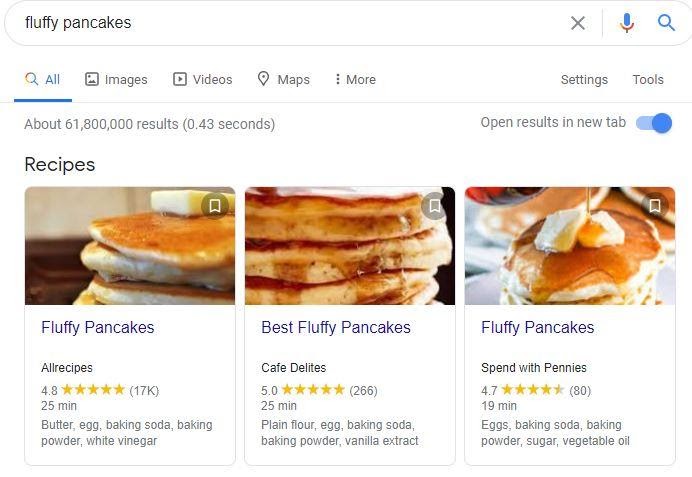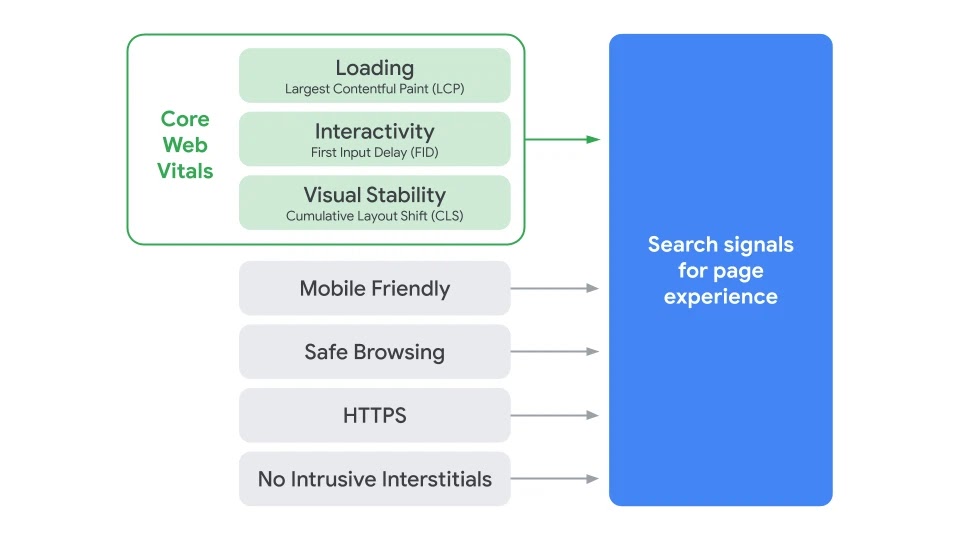It may seem early but have you started making plans for your search engine optimization (SEO) strategy?
What do you plan to do more of and which strategies do you plan to drop?
It’s high time that your team starts avoiding SEO mistakes like keyword stuffing, using exact-match keywords, and not having a strategy at all.
Which strategies should you continue using? Which ones are likely to help improve your rankings in Google search results?
Find out below.
1. Fix technical errors
Technical errors can affect Google’s ability to crawl your site. This can affect your online presence leading to the loss of customers.
But what kind of technical issues can affect your site?
They range from major ones that could cause website rendering issues to minor ones like broken links. Some of the issues that you may need to fix include:
- Under-optimized metatags
- Server issues
- Duplicate content
- Poor link optimization
- Indexability issues
- HTTP errors
How can you find and fix technical errors?
You should use Google Search Console to identify errors that may prevent Google from crawling your site. You can also use third-party tools to analyze your website performance and get an in-depth report that can help you find errors.
Then, you should use those insights to fix each issue and make your site healthy. Ensure that you audit your website regularly to identify and deal with problems before they escalate.
2. Add structured data
Structured data provides explicit clues to help Google understand your content and what each page is about. It’s a standardized format for classifying and providing information about your web pages.
Adding valid structured data can make your page eligible to get featured in the rich snippets of search results.

The above search results for fluffy pancakes, for example, feature three sources as rich results on the top of the search results page. As you can see, each offers more details, which includes ingredients, cooking time, and ratings.
Although using structured data doesn’t guarantee that you’ll appear in the rich snippets, it increases the eligibility of your page to be featured there.
But how can you add structured data?
There are many versions of structured data, but Google prefers JSON-LD, which is great because it’s also an easier version to work with than the others. It does not alter your page’s HTML and you can place it anywhere in the code of your web page. You can also copy-paste it from any code or text editor.
Adding structured data may sound hard, especially if you have no coding experience but you can leverage plugins like Yoast SEO to make it easier.
You should consider structured data as a way to tell Google what your site is about. This can help improve your search rankings and also increase your chances of being featured in the rich snippets.
What’s more?
It increases the chances that your website will be found by cosumers who are interested in the products or services you offer.
3. Optimize core web vitals
In 2021, page experience will be one of the official Google search ranking factors. It will include metrics like HTTPS, mobile-friendliness, non-intrusive interstitials, and safe browsing.
How will Google score page experience?
Using core web vitals, which are a set of factors that measure usability dimensions like interactivity, load time, and content stability as the site loads.

But how can you optimize your site for core web vitals?
You should leverage updated developer tools like Lighthouse and PageSpeed Insights to get information about the core web vitals of each of your web pages and receive recommendations.
You can also use Google Search Console to get a dedicated report about the areas that need improvement. You should use these insights to improve your page experience.
4. Create high-quality content
It may sound cliché, especially since everyone talks about offering quality content, but what is quality content in the eyes of Google?
Google measures content quality based on E-A-T, which stands for expertise, authoritativeness, and trustworthiness.
How can you provide quality content?
First of all, you should understand your target audience, their pain points, the content they value, and their consumer journey. Then, you should use those insights to create content that addresses their problems and provides solutions.
You should also back up your claims with facts and link back to authoritative sites.
Second, focus on creating long-form content. According to statistics on content marketing, articles with over 3,000 words get more social shares, traffic, and backlinks when compared to those with fewer words.
However, you should ensure that your content keeps your audience engaged. You should break up the long-form content into shorter subheadings, link to authoritative sites, and make it shareable.
Third, try to get featured in a rich snippet.

Featured snippets are crucial for SEO since they boost your organic click-through rates. They quickly answer a user’s question and appear at the top of Google search results.
But how can you get featured in snippets?
You need to become an authority in your niche and include long-tail keywords in your content. You need to make sure that your posts answer the questions your audience asks and help them move through their buying journeys.
5. Make your website mobile-friendly
Most people search for information using their phones, which is why you need to optimize your site for viewing on mobile devices. It is even more important now because Google has started using mobile-first indexing to rank content in search results.
To effectively optimize for mobile-first indexing, you should:
- Create your site’s mobile version with users in mind. Use HTML5 to create special effects instead of using Flash and avoid pop-ups.
- Add structured data.
- Optimize for local searches.
- Feature an easy search option and a clear menu.
- Increase page speed by optimizing images, reducing redirects, and minifying code.
- Don’t block images, JavaScript, or CSS.
6. Focus on local SEO
COVID-19 has caused many businesses to change their strategies to survive. Consumers have also changed how they search for information and products. They look for ways to get items delivered at home.
You should use local SEO strategies to help your website get featured in the results for “near me searches.”
Here’s how you can optimize your site for local searches:
- Update your Google My Business account.
- Encourage customers to review your business.
- Include local and location-based keyword phrases in your content.
- Build local citations.
7. Optimize for visual and voice searches
According to forecasts, there will be 8.4 billion units of digital voice assistants in use by 2024.
Voice search marketing will change the dynamics of SEO and marketers who leverage this opportunity will be able to meet their consumers’ needs better. That’s what makes optimizing for voice searches important for digital marketers.
It’s the same with visual searches. If customers can find your products with the help of images, your sales cycle will shorten and you can make it easier for consumers to shop.
How can you optimize your content for voice and visual searches? You should:
- Include conversational phrases in your content so that those using voice search can find it. You should include phrases that people use when searching for information using voice assistants.
- Optimize your content for local searches.
- Use high-quality images and optimize them for fast loading.
- Use product images in your content.
- Customize your metadata – image titles, captions, URL paths, and alternate text descriptions.
- Use relevant keywords when describing images to improve accuracy.
Ready to kick-start your SEO strategy?
While you may need to refresh your SEO strategies, implementing these tactics will make it easier for you to rank. Also, don’t forget to pick the right SEO tools for your SEO endeavors.
You should focus on improving user experience, optimizing for local searches, making your website mobile-friendly, and optimizing your content for visual and voice searches. You should make it easier for people to find your content and deliver great user experiences when they visit your site.
Need help with your SEO strategy? Get in touch and I’ll give you more tips on how to improve your SEO strategy, boost your rankings, and grow your business.

